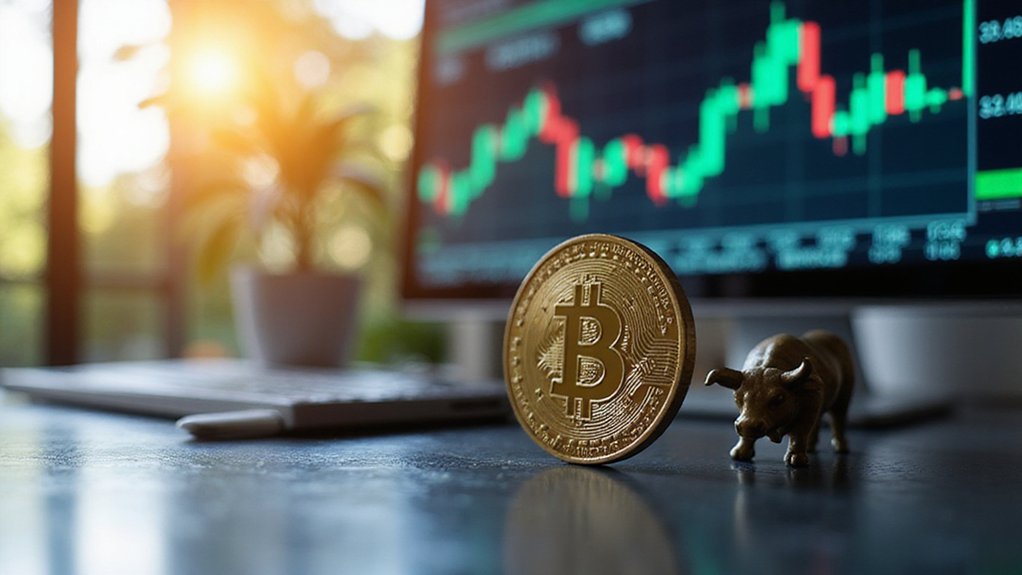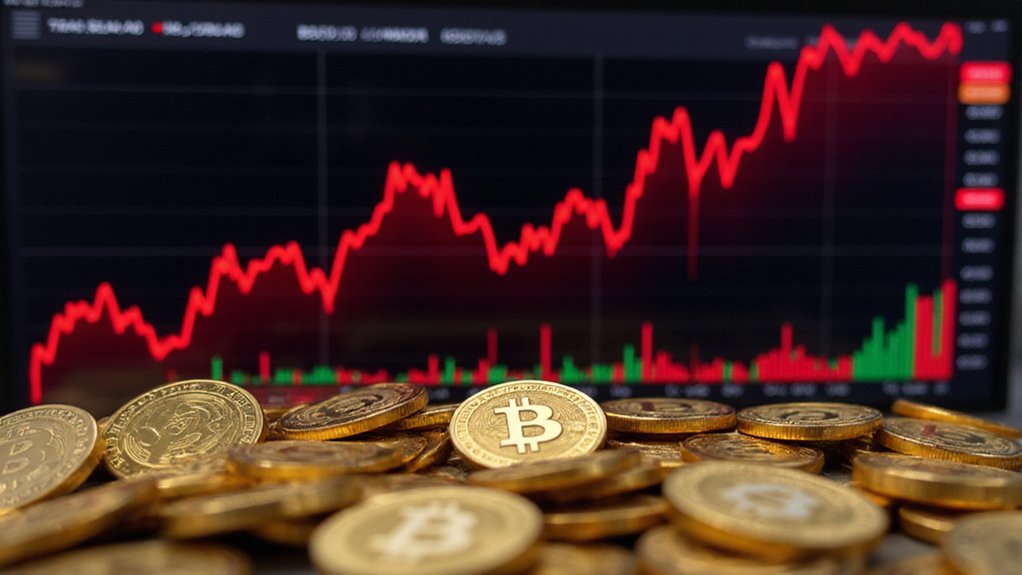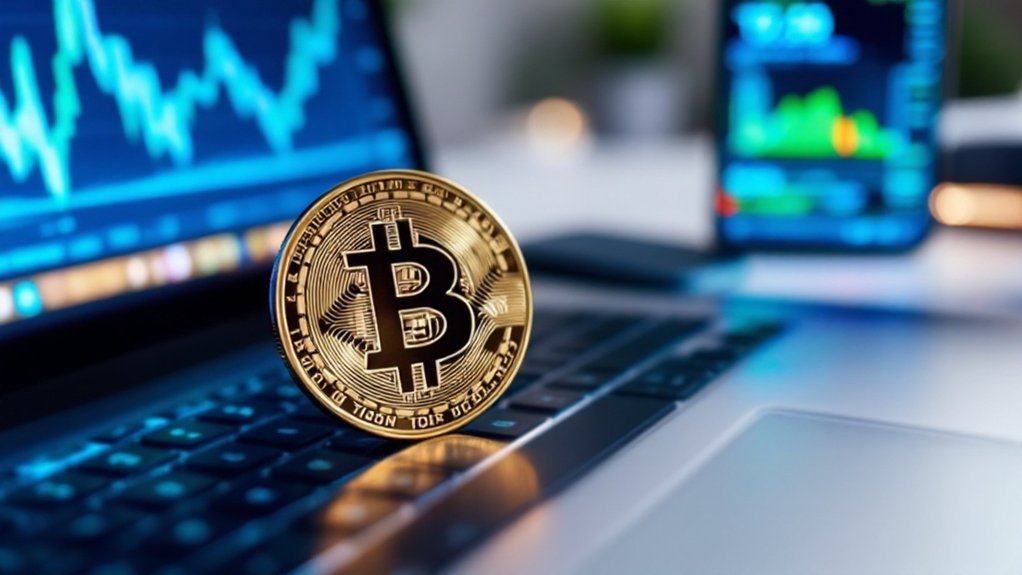A significant victory for decentralization unfolded in Solana’s ecosystem as smaller validators successfully obstructed the SIMD-228 proposal, which fell short of the required supermajority threshold despite garnering 61.4% support.
🚀 Don’t Just Read—Listen! Stay ahead of the market by hearing the latest crypto updates with one click.🔊
Source: SIMDVote
The proposal sought to dramatically reduce Solana’s inflation rate from 4.66% to 0.93%, a change that would have significantly impacted the economic model of the blockchain. With 74% of staked supply participating across 910 validators, the vote is being hailed as the largest crypto governance action in history.
Smaller validators emerged as the primary opposition, citing existential concerns about their continued viability. The current cost structure presents substantial challenges, with voting fees reaching approximately $58,000 annually and hardware expenses around $6,000 per year. Many operators feared that reduced inflation would disproportionately harm smaller participants, potentially driving them from the network and increasing centralization.
“Only a small percentage of validators are currently profitable,” noted community members during discussions. The debate highlighted a growing divide between institutional stakeholders and smaller network participants. The proposal aimed to shift from a fixed inflation schedule to a dynamic, market-based model that would adjust based on staking participation.
While reduced inflation could potentially benefit SOL’s value by decreasing selling pressure, critics argued that the proposal prioritized token price over network security and decentralization. The community remained notably divided regarding the best inflation strategy approach.
The market responded with relative calm to the governance outcome, with SOL’s price dipping just 1.5% to $125 following the announcement. This modest reaction suggests investors had not fully priced in an approval scenario. The token’s recent struggles—down 60% over two months following the memecoin collapse—appear to be driven by broader market dynamics rather than governance issues.
Despite SIMD-0228’s ultimate rejection, Tushar Jain and other supporters see the vote as a significant win for Solana’s governance system.
SIMD-228 was a historic milestone for crypto.
— Tushar Jain (@TusharJain_) March 14, 2025
Even though our proposal was technically defeated by the vote, this was a major victory for the Solana ecosystem and its governance process. Over 74% of stake turned up to vote on the proposal. Yes votes were 43.6% of stake, no…
Alternative models are already emerging from the community, including recommendations for lower voting fees for smaller validators and more gradual approaches to inflation adjustment. This situation mirrors challenges in other DeFi governance systems where token holders must balance economic incentives with maintaining decentralization principles.
Future governance discussions will likely focus on balancing Solana’s economic sustainability with maintaining a diverse validator set. The high participation rate, regardless of outcome, demonstrates a robust and engaged governance ecosystem that may ultimately strengthen Solana’s decentralized credentials.





